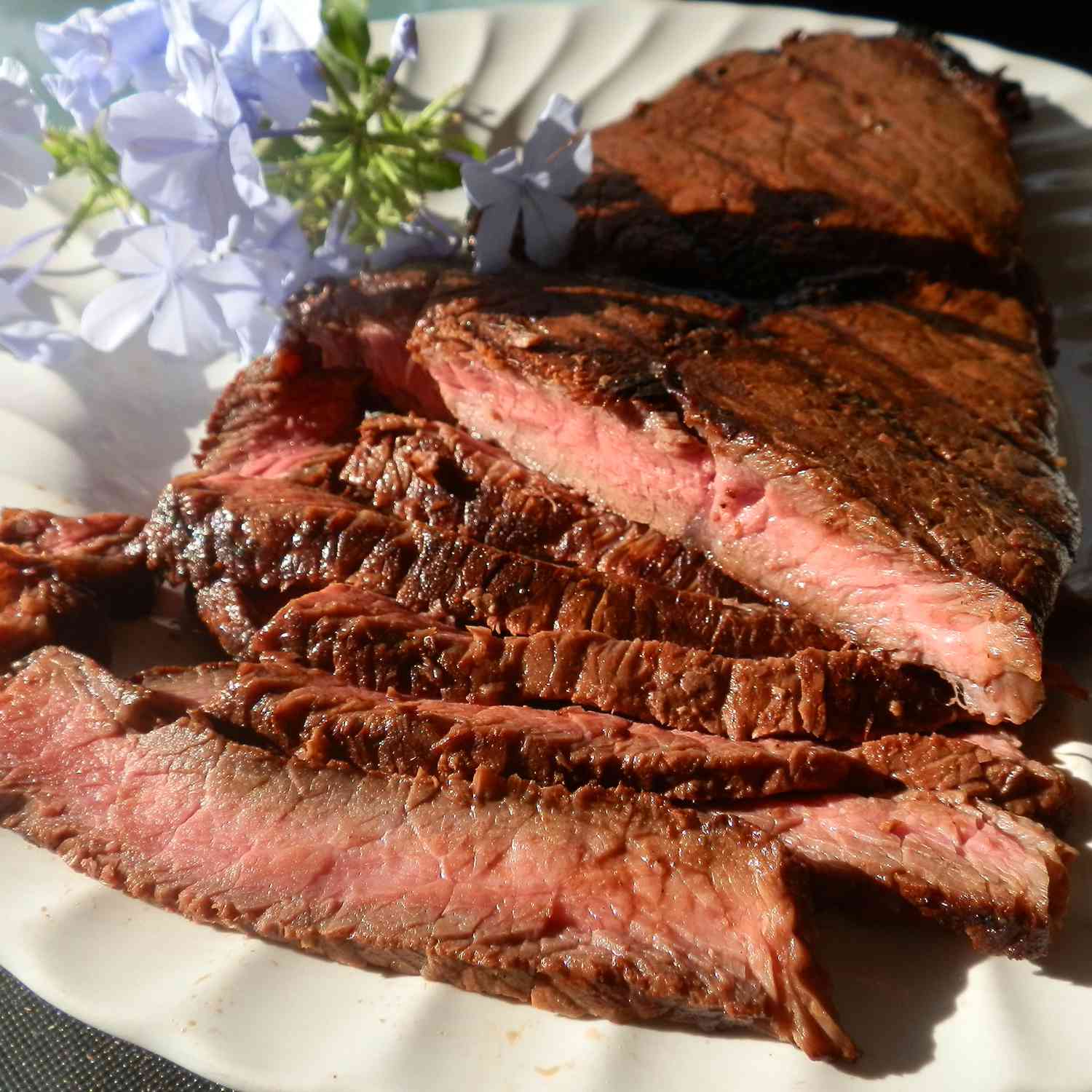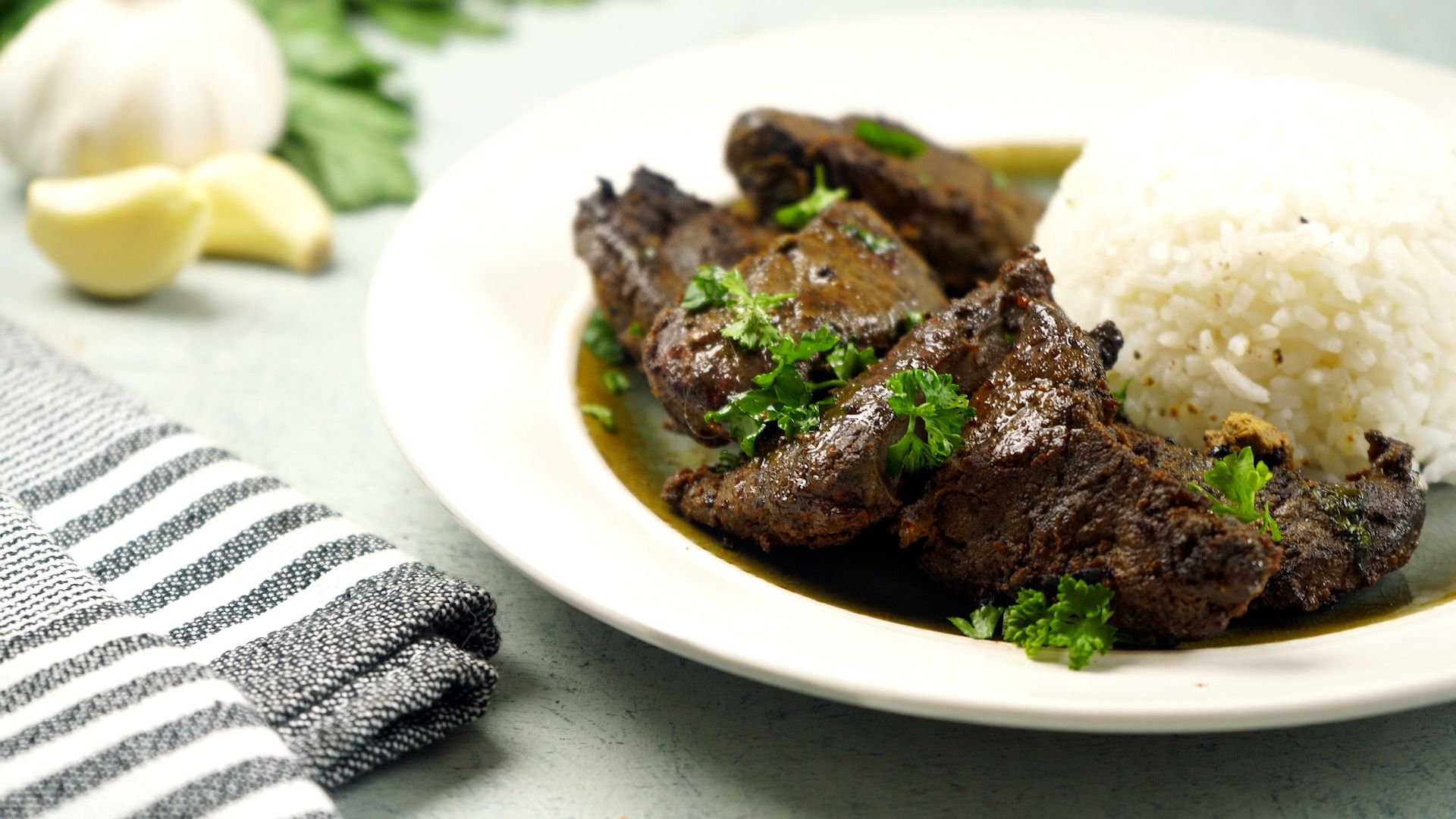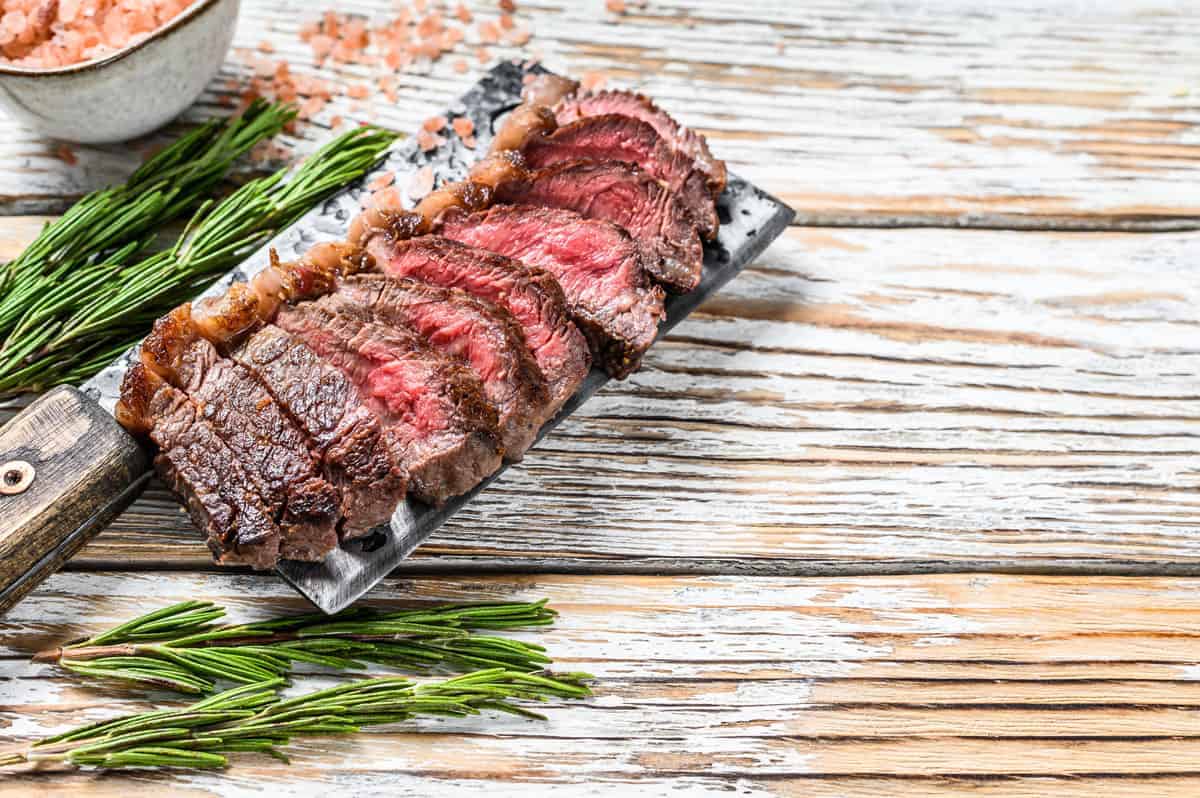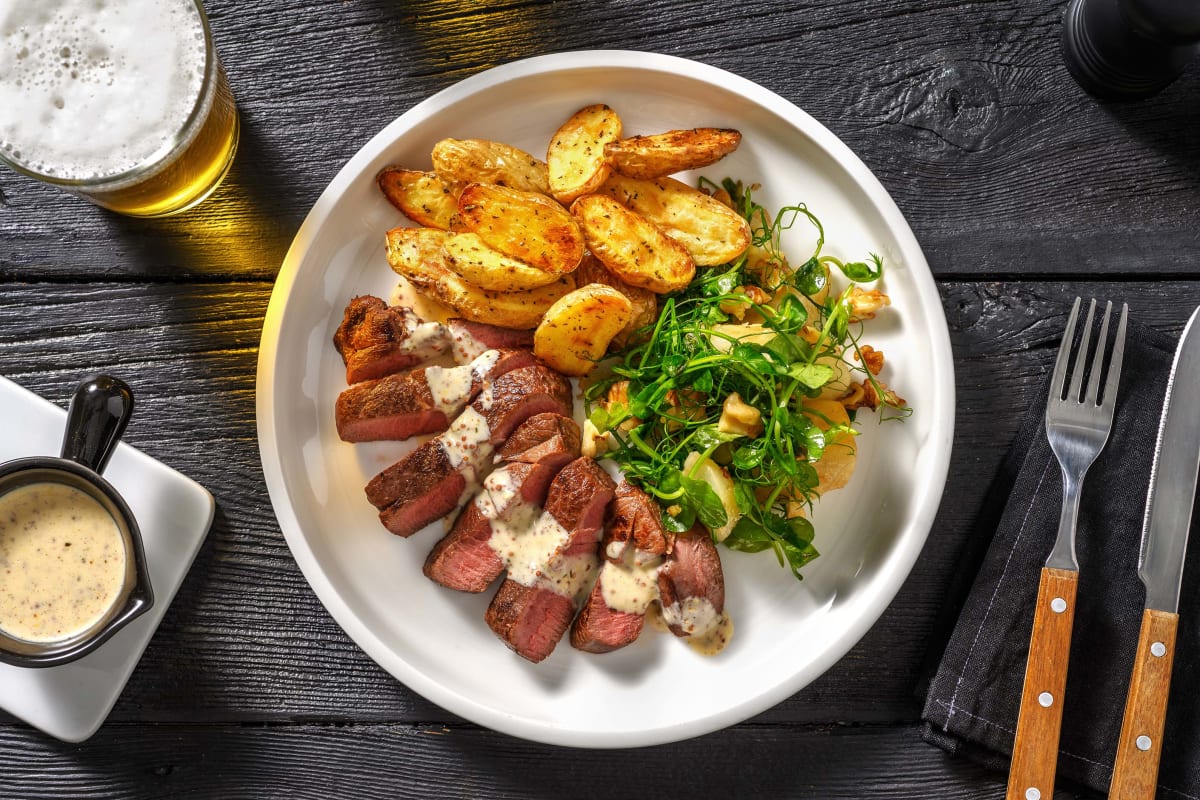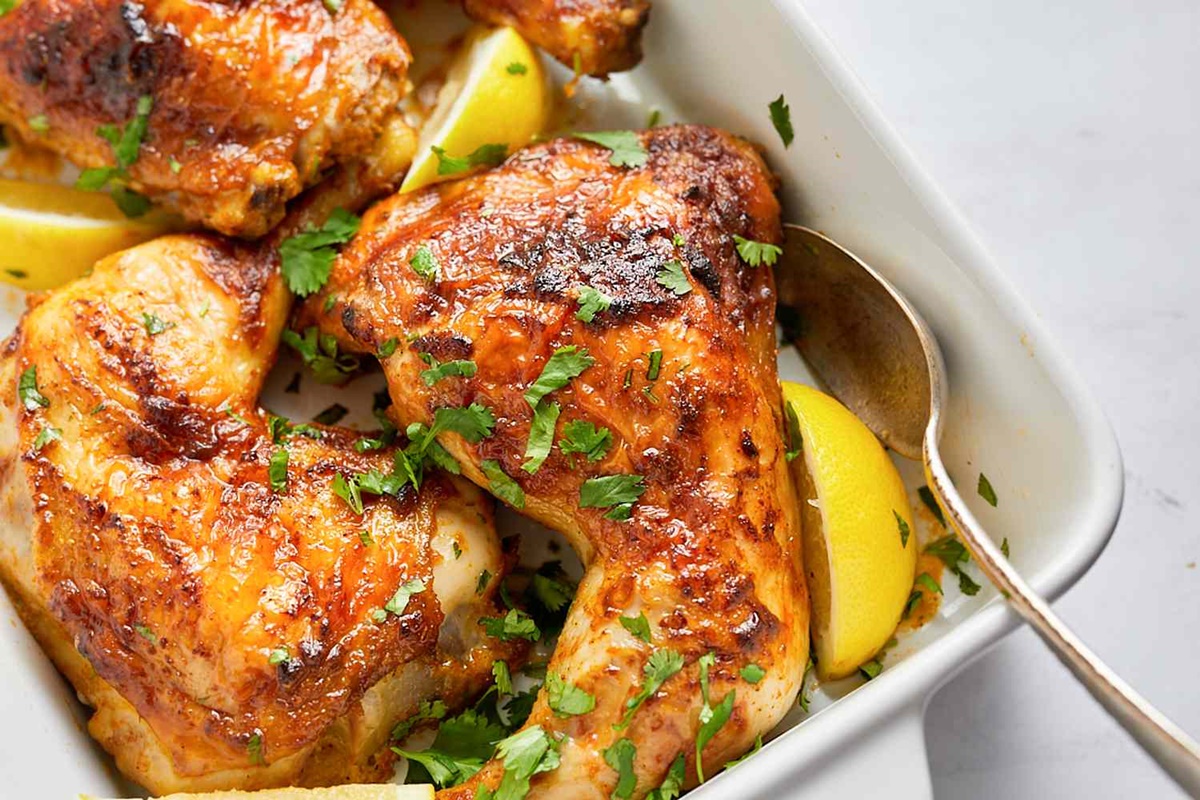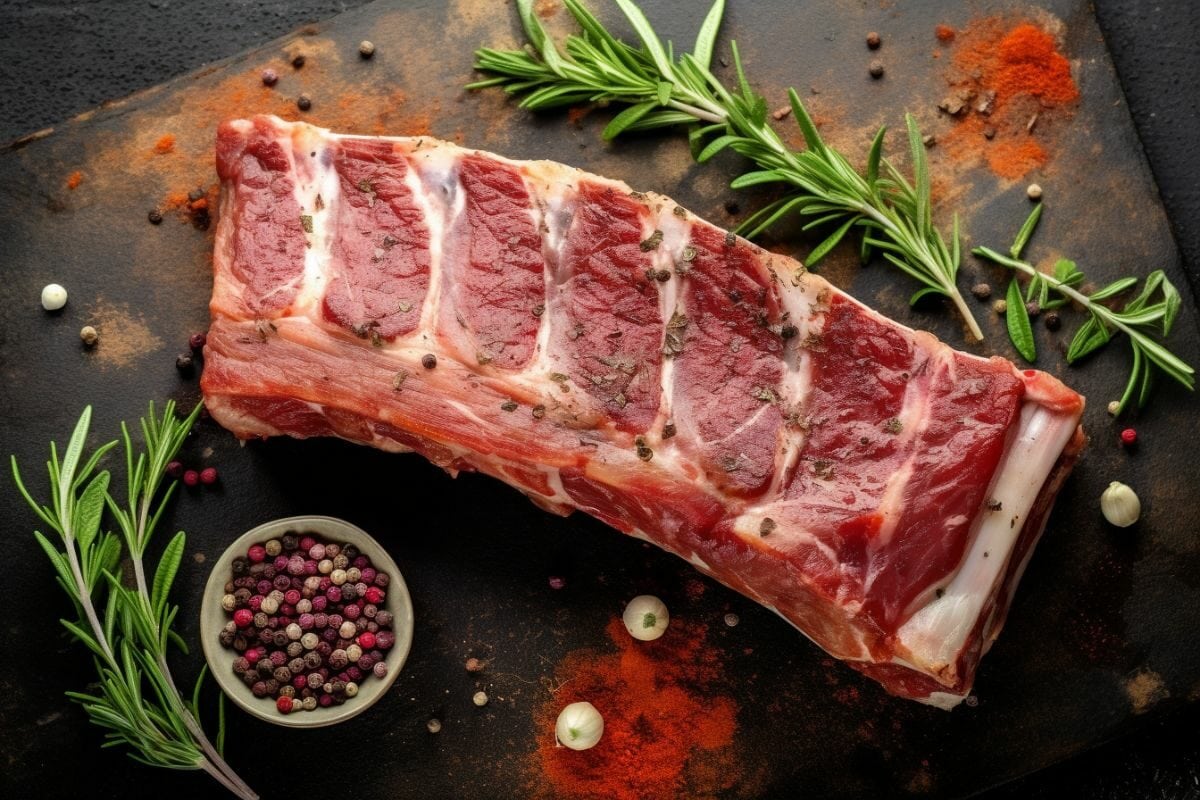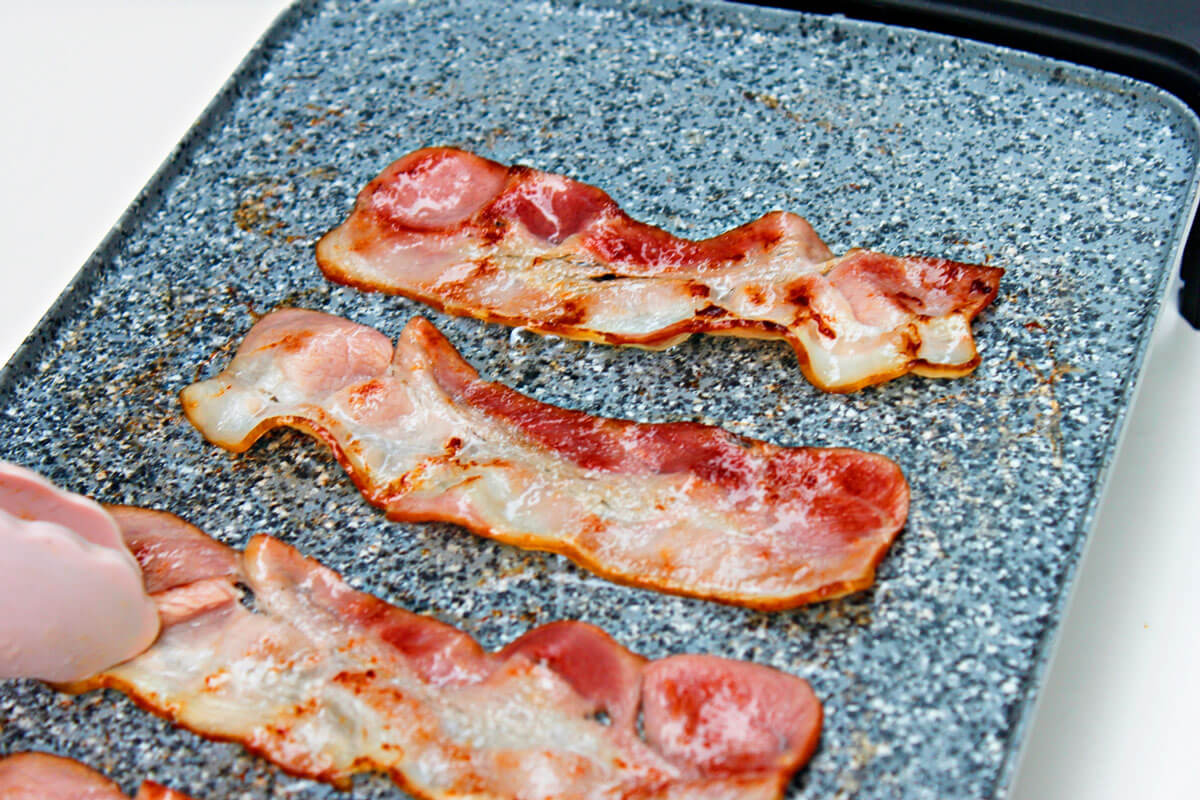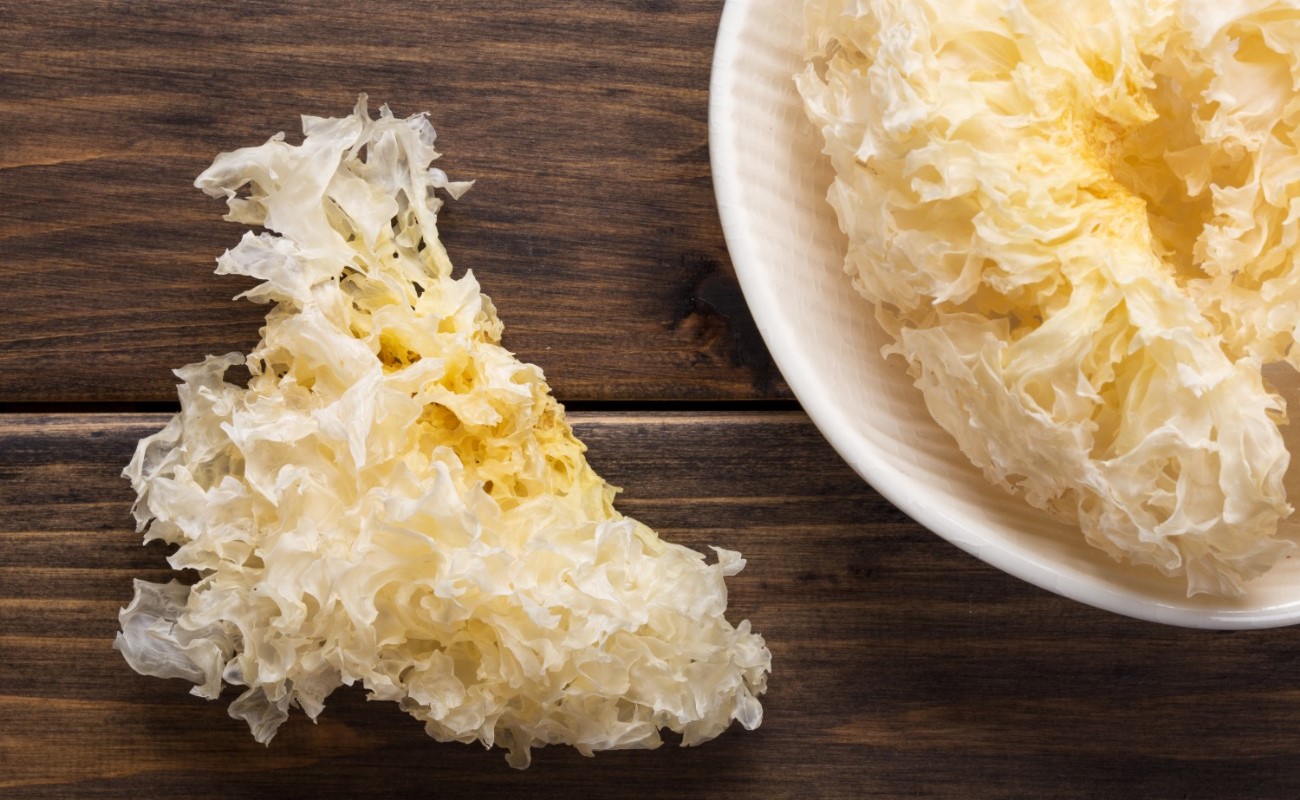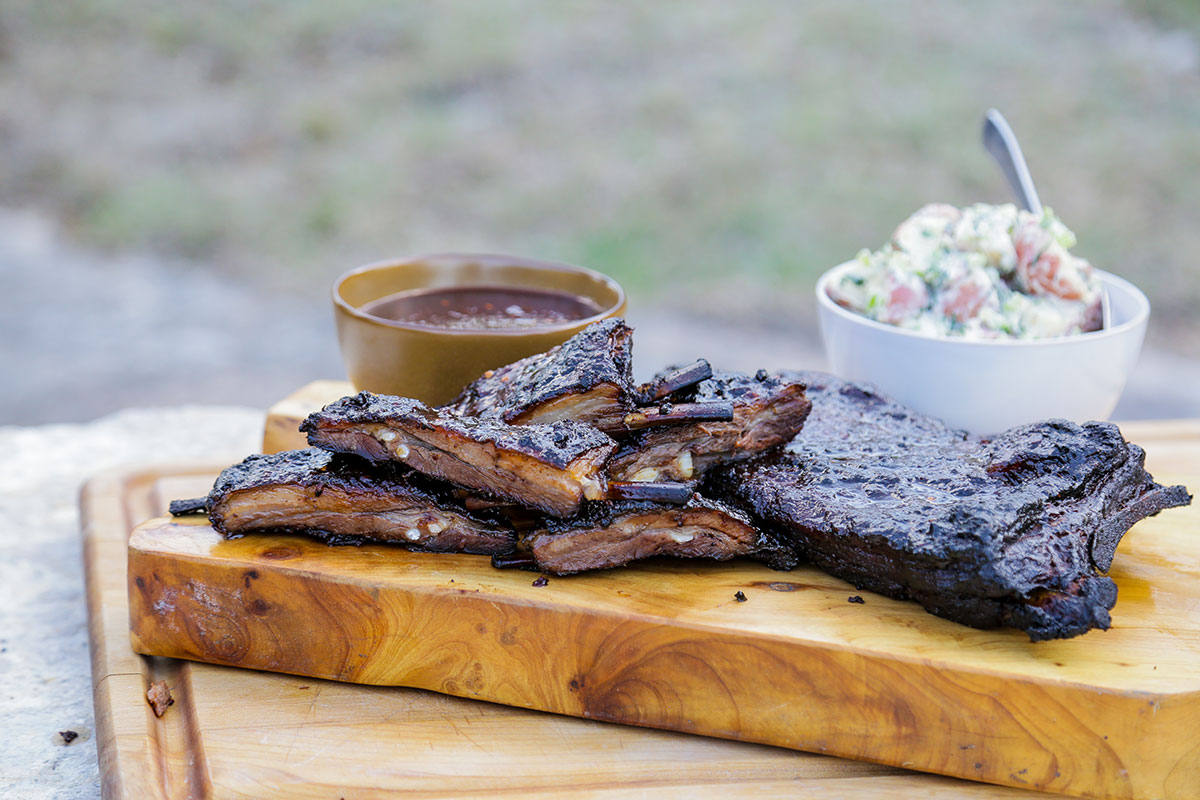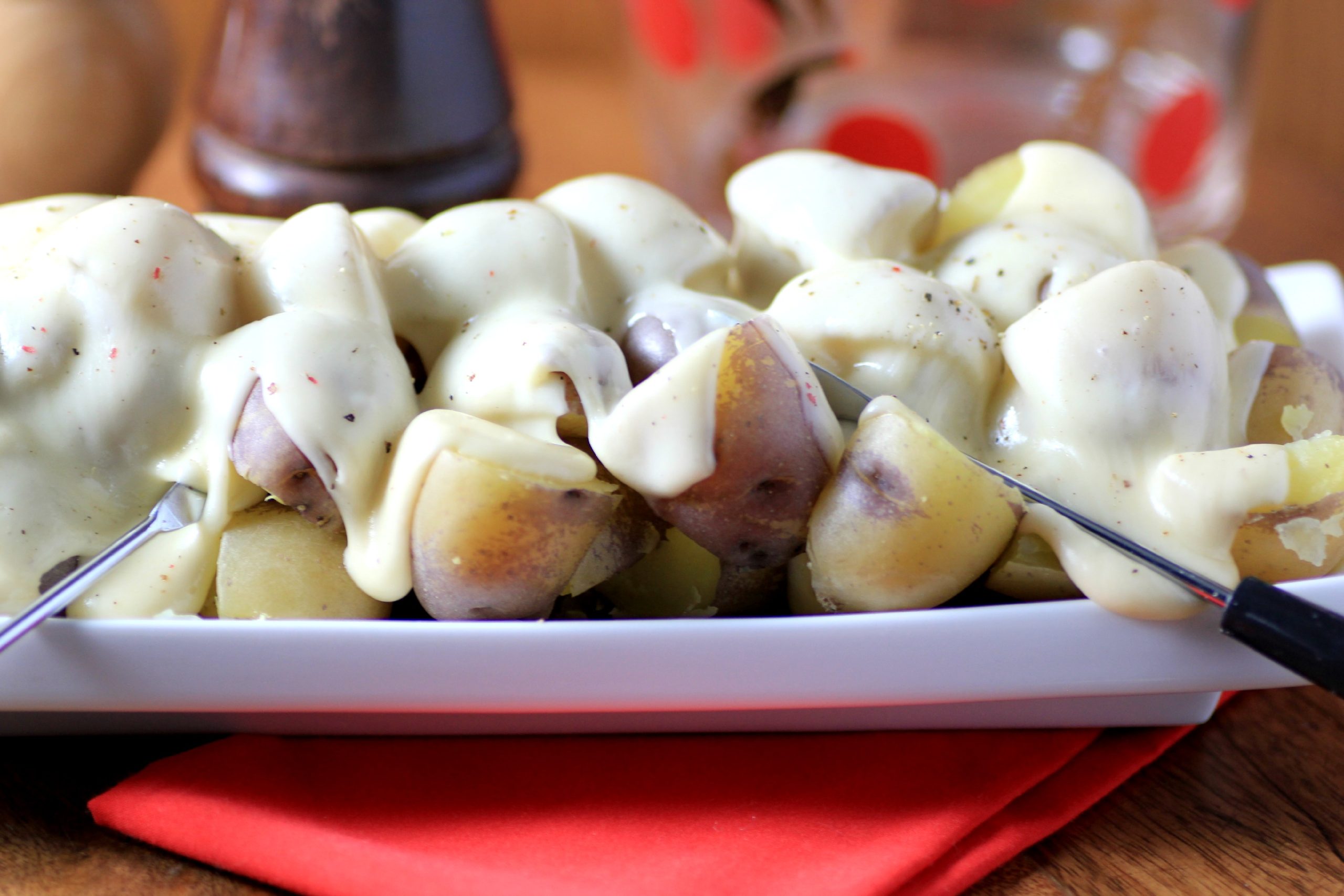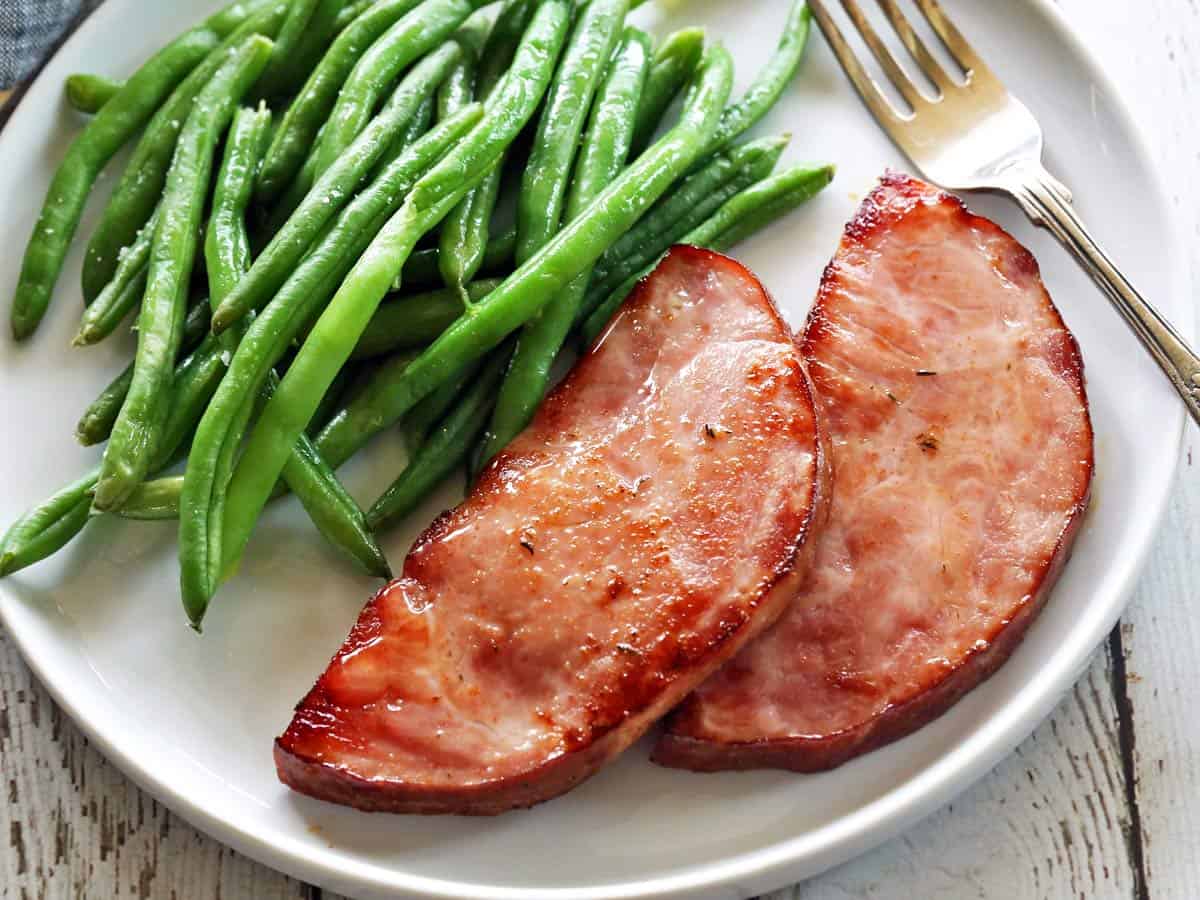Unlock the Secret to Perfectly Cooked Frozen Scrambled Eggs
Are you in a rush and craving a delicious breakfast? Look no further than frozen scrambled eggs. Yes, you read that right – frozen scrambled eggs! With a few simple steps, you can transform frozen eggs into a mouthwatering breakfast dish that will leave you satisfied and impressed. Read on to discover the secret to cooking frozen scrambled eggs just right.
Why Frozen Scrambled Eggs?
Frozen scrambled eggs are a game-changer for busy mornings. They offer the convenience of having a prepared breakfast option that’s ready to go whenever you need it. Whether you’re a student rushing to class, a working professional with limited time, or simply looking for an effortless breakfast solution, frozen scrambled eggs have got you covered.
The Essential Preparation Steps
Before we dive into the cooking process, it’s important to prepare the frozen scrambled eggs correctly. Follow these essential steps for optimum results:
- Thaw the frozen scrambled eggs in the refrigerator overnight. This will ensure a smooth and even thawing process.
- Once thawed, give the eggs a gentle whisk to break up any clumps and create a consistent texture.
- Season the eggs with your favorite herbs, spices, or any additional ingredients you desire. This step will add a burst of flavor to your scrambled eggs.
The Cooking Process
Now that the preparation is complete, it’s time to cook your frozen scrambled eggs. Follow these simple steps:
- Heat a non-stick skillet over medium heat.
- Add a small amount of oil or butter to the skillet to prevent sticking.
- Pour the thawed and seasoned eggs into the skillet.
- Using a spatula, gently scramble the eggs, ensuring they cook evenly.
- Cook until the eggs are fully heated through and no longer cold. This typically takes around 3-5 minutes.
- Remove the skillet from heat and serve your fluffy and flavorful frozen scrambled eggs.
Tips for Serving Frozen Scrambled Eggs
Now that your frozen scrambled eggs are perfectly cooked, it’s time to elevate your breakfast experience. Here are some delicious serving ideas:
- Serve the eggs with a side of crispy bacon or sausage for a classic breakfast combo.
- Sprinkle some shredded cheese on top of the eggs for added creaminess and richness.
- Slice up some avocado and tomatoes to create a refreshing and nutritious accompaniment.
- Toast a slice of your favorite bread and use it as a base for a tasty scrambled egg sandwich.
Conclusion
Who would have thought that frozen scrambled eggs could be so tasty and convenient? With the right preparation and cooking techniques, you can enjoy a perfectly cooked breakfast in no time. Remember to thaw, season, and cook the eggs just right for a delightful start to your day. So the next time you’re in a rush, don’t hesitate to grab those frozen scrambled eggs and create a breakfast masterpiece!
For those looking to make the most out of their frozen scrambled eggs, there's a wealth of tasty options to try. Start your day with a hearty Hearty Scrambled Egg and Potato Skillet, which combines the savory flavors of eggs and potatoes for a filling breakfast. If you're in the mood for something lighter, the Cheesy Scrambled Egg and Avocado Toast is perfect, combining creamy avocado with cheesy eggs on crispy toast. For those who love a bit of spice, the Spicy Scrambled Egg and Chorizo Tostadas will add a kick to your morning routine. And for a quick yet delicious option, the Quick Scrambled Egg Breakfast Tacos are easy to make and packed with flavor. These recipes not only utilize frozen scrambled eggs but also offer a variety of tastes and ingredients to keep breakfast interesting.

